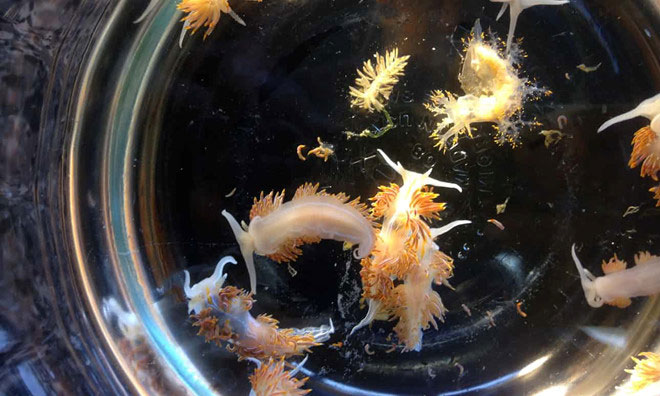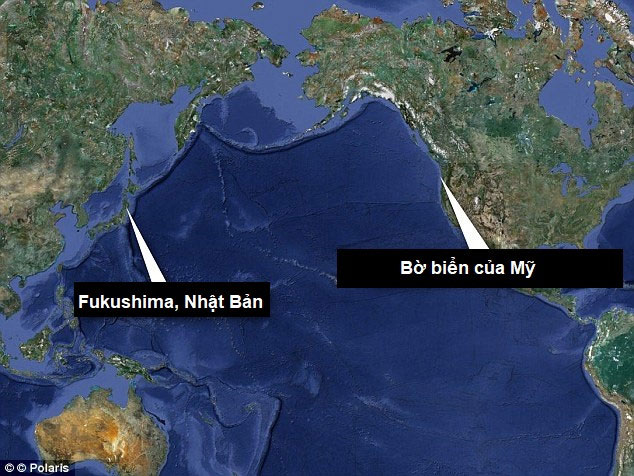Tsunami in 2011 brought millions of creatures from Japan to the US coast
The tsunami hit the southeastern coast of Japan in March 2011, causing millions of marine creatures to cross the Pacific Ocean, drifting to the US coast.
Guardian quoted scientists as saying that millions of organisms, including crustaceans, snails and worms, have moved about 7,725km of distance due to the tsunami in March 2011.
"This is one of the most natural natural phenomena in the ocean, probably in history," said John Chapman, an expert at the University of Oregon.

About 300 species of creatures from Japan drifted to the US after the tsunami in 2011. (Photo: AP).
Specifically, the tsunami in March 2011 took place after a strong 9th earthquake that struck the Pacific Ocean, devastating Japan's Iwate, Miyagi and Fukushima provinces, leaving about 5 million tons of debris.
70% of them sink under the sea, the rest float and drift through the Pacific Ocean. Scientists said that from June 2012 to February 2016, 289 species of Japanese creatures appeared in debris that washed ashore in Washington, Oregon, California, Alaska and Hawaii.
"Molluscs, beavers, corals and crabs, a wide range of creatures here are representative of Japanese animals," stressed oceanography professor James Carlton from Williams University. .
This phenomenon is slowly slowing down. However, US scientists will continue to monitor until the end of 2017 to discover new "migratory" creatures from Japan to the United States.
The sad thing is that most of the organisms found in America are entangled in types of buoys, boats, things made from fiberglass, plastic . This situation makes experts worried about the pollution situation. Ocean.

Millions of tons of debris from Japan crossed the Pacific and traveled to the United States.(Graphic: Polaris).
According to the plan, scientists will take years to assess whether organisms from Japan are capable of living in new environments and how this affects native organisms.
This is not the first time Japanese items have drifted to the United States after a terrifying earthquake and tsunami. In April 2012, an Alaskan family discovered the boy's ball, Misaki Murakami, who had lost his house after a double disaster in Japan in 2011.
A month earlier, a Harley-Davidson car from Japan landed on the coast of Canada.
- Japan shakes by a 7.3-degree earthquake, with tsunamis
- Small tsunami landed in Japan after Chile earthquake
- Japan built a tsunami barrier
- Garbage after tsunami in Japan drifted to America
- Tsunami comes to America
- New image of the tsunami moment hit Japan
- Millions of tons of garbage drifted from Japan to the United States
- Japan built a tsunami break at the Onagawa factory
- Japanese tsunami garbage to Hawaii
- Earthquake triggers tsunami warning in Japan
- 'Ghost boat' carrying mutant suspects washed up on the coast of Hawaii
- Video: The tsunami fish brought from Japan to the United States
 Animal 'suffering' after hibernation
Animal 'suffering' after hibernation Why do goats climb well?
Why do goats climb well? Scientists were surprised to see chimpanzees eating turtles
Scientists were surprised to see chimpanzees eating turtles Giant catfish died deadly due to drought in Thailand
Giant catfish died deadly due to drought in Thailand